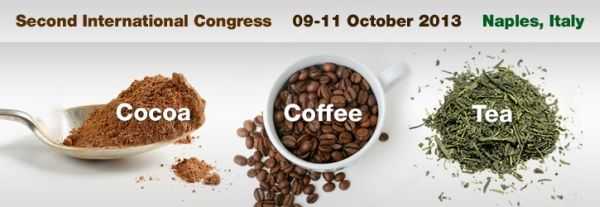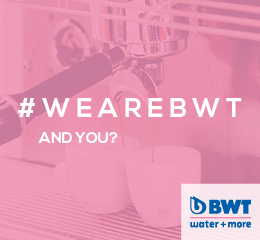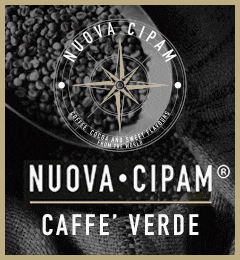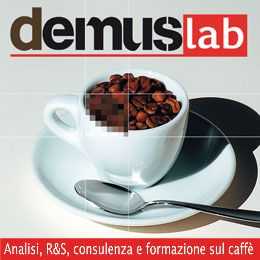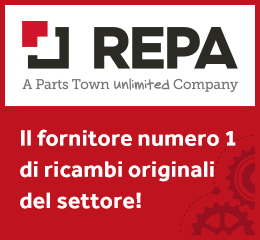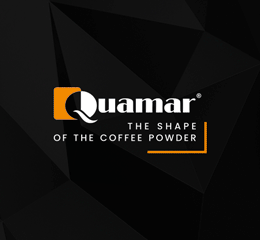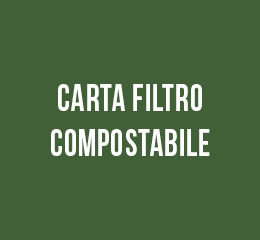Costa A.-M.1, Delgadillo I.2, Rudnitskaya A1.1 CESAM and Department of Chemistry, University of Aveiro, Aveiro, Portugal. 2 QOPNA and Department of Chemistry, University of Aveiro, Aveiro, Portugal. E-mail: alisa@ua.pt
Coffee is the most traded agricultural crop worldwide and one of the most popular beverages. Coffee quality needs to be assessed at different stages: of green coffee at While quality of some foods can be assessed using analytical instruments, this is not the case for coffee, whose sensory attributes are measured by the experts and sensory panels.
Though sensory panels are considered a golden standard for flavour assessment, they also have serious drawbacks, first of all high costs of analysis and maintenance of the trained panel [1]. Thus, there is a practical need for the development of the analytical techniques capable of measuring characteristics of coffee flavour or detecting components or parameters associated with it, which, thus, could at least partly replace sensory panels for routine analysis.
Biomimetic sensor systems, i.e. electronic noses and tongues, have been suggested for this purpose. Several successful applications of these instruments to the assessment of flavours of different foods including coffee have been reported [2,3].
The present study deals with the application of the electronic tongue based on potentiometric chemical sensors to the recognition of coffees and prediction of the some chemical parameters (i.e. titratable acidity, total phenols) and taste characteristics (intensity). Recognition of Arabica coffee from Brazil roasted to different degrees (light, medium and dark) and commercial blends used in capsules using electronic tongue is shown in the Figure below.
Arrow shows direction of the taste intensity increase (from 2 for 10 for CRI and CI) as indicated by the producer. This direction roughly coincides with increase of roast intensity. Good prediction of coffee taste intensity using electronic tongue was possible with mean relative error of 12%.
15 10 5 0 -5 -10 -15 -20
Fig. PCA score plot of the electronic tongue measurements in the coffee brews.
References
[1] Feria-Morales A.M. Examining the case of green coffee to illustrate the limitations of grading systems/expert tasters in sensory evaluation for quality control. Food Quality and Preference. 2002, 13, 355–367
[2] Legin, A. et al. Electronic tongues: new analytical perspective for chemical sensors. In S. Alegret Ed. Integrated Analytical Systems, Comprehensive Analytical Chemistry XXXIX, Elsevier, 2003, 437-486
[3] Sberveglieri, V. et al. Identification of geographical origin of coffee before and after roasting by electronic noses. AIP Conf. Proc. 2011, 1362, 86-87
CL CC CD
CRO
CI CRA CRI
Light roast
Medium roast
Dark roast
-40 -20 0 20 40 60
PC1 (81%)
PC2 (7%)



